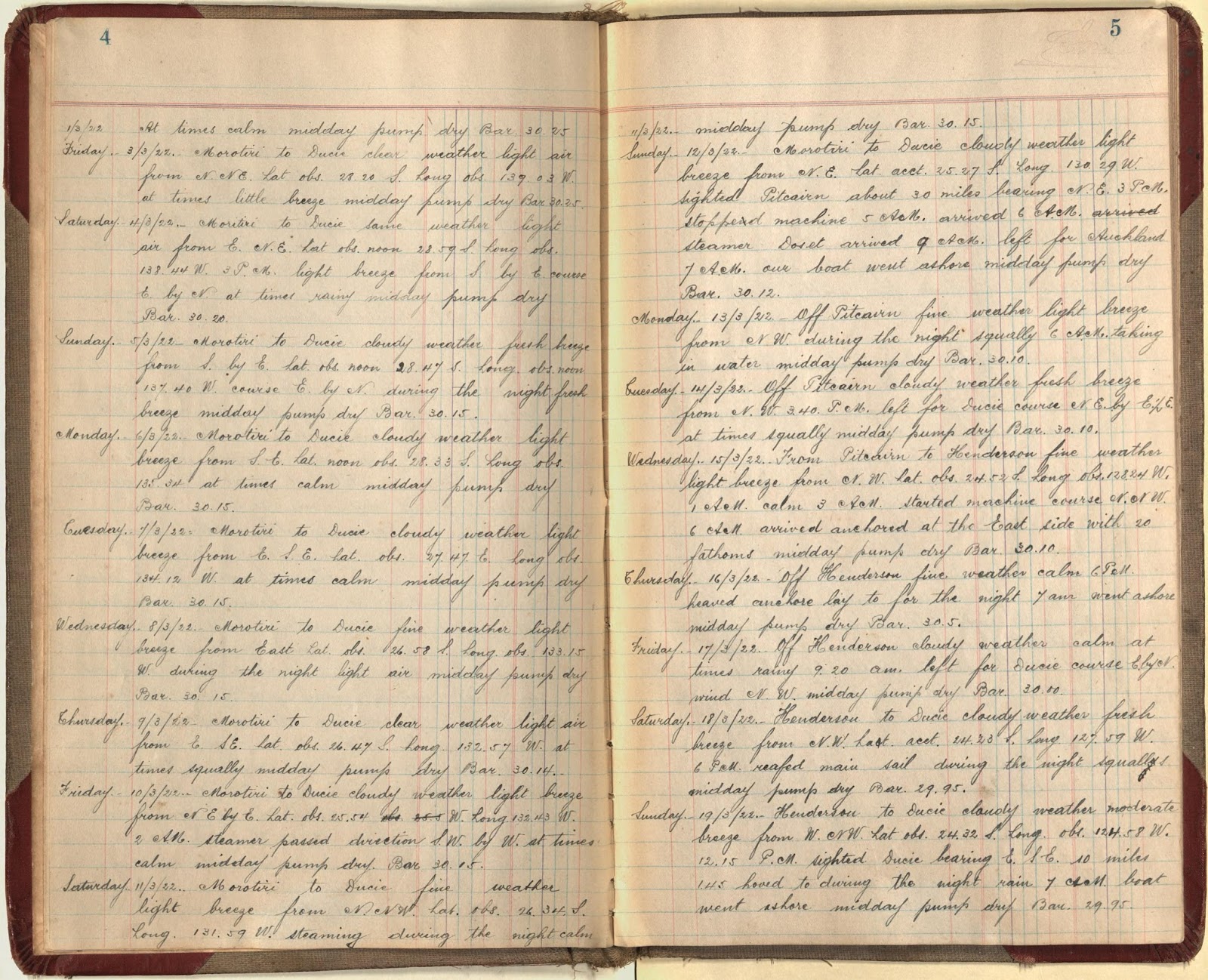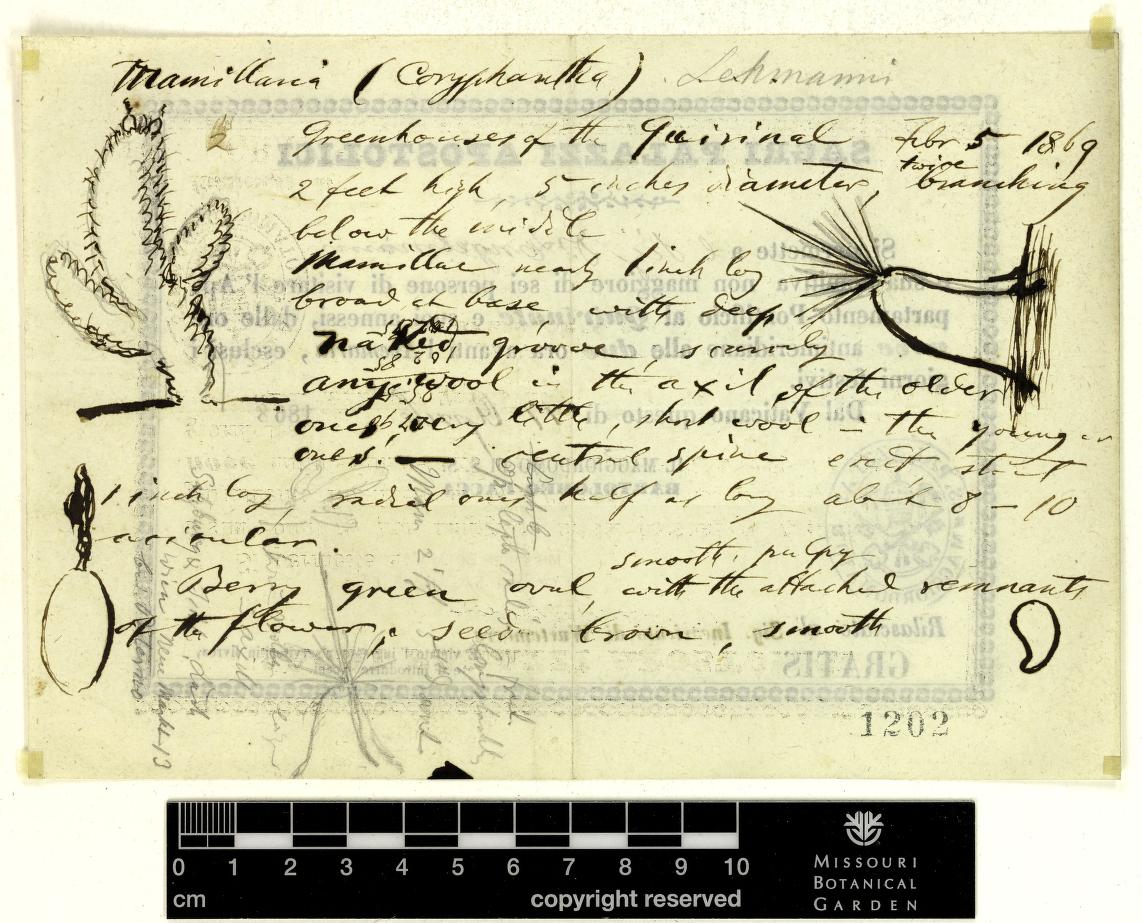In 2015, the Council on Library and Information Resources awarded the Biodiversity Heritage Library a grant to fund the BHL Field Notes Project. Part of CLIR’s Digitizing Hidden Special Collections and Archives initiative, this project is a collaborative undertaking which will provide open access to field notes from several different institutions. By project end, BHL users will have access to over 450,000 pages of natural history field research material. This rich source of field notes includes diaries, journals, correspondence, and photographs.
 |
| p.p1 {margin: 0.0px 0.0px 0.0px 0.0px; text-align: center; font: 9.0px ‘Times New Roman’; color: #55677d} span.s1 {text-decoration: underline ; color: #0079cd}
[Logbook of the yacht “France”]. v. 1 (1922-1926). Digitized by the American Museum of Natural History. http://www.biodiversitylibrary.org/page/51514493
|
The importance of field notes is well known to researchers. To natural scientists, field notes offer records of the flora and fauna of a location at a certain point in time. These records serve as reference points when observing how a certain habitat has changed over time. They can also offer information on expeditions, or the source of museum collection items. Field notes also present narratives that give insight into the scientists as people and their relationship with the locations and cultures they studied, making them an important resource for science historians.
 |
| George Engelmann : botanical notebook 5 : Mammilaria, Leuchtenbergia, Discocactus, and Melocactus. Box 3: Folder 13: Cactaceae: Mammillaria: 1857-1883 (1856). http://biodiversitylibrary.org/page/52030722 |
The BHL has already started adding field notes to its collection, and the Field Notes Project hopes to add great value to the field notes already available. This project brings together the efforts of eleven institutions:
- American Museum of Natural History
- Field Museum of Natural History Library
- Harvard University Botany Libraries
- Harvard University, Museum of Comparative Zoology, Ernst Mayr Library
- Internet Archive
- LuEsther T. Mertz Library, The New York Botanical Garden
- Missouri Botanical Garden, Peter H. Raven Library & Center for Biodiversity Informatics
- Museum of Vertebrate Zoology, University of California, Berkeley
- Smithsonian Institution Archives
- Smithsonian Libraries
- Yale Peabody Museum Archives
We are excited to be part of the effort to add more archival material to the BHL. Stay tuned for upcoming features which will highlight contributions from—and go behind-the-scenes at—some of our partners. In the meantime, explore some of the great field notes already digitized in the BHL Field Notes Project collection.





Hi BHL – I have scanned field notes from a researcher at the Canadian National Collection of Insects to add. Just let me know how to get them to you!
Dear Owen,
Thank you for your comment and offer of digitized field notes. The Biodiversity Heritage Library (BHL) can only accept materials into its collection from contributors that are part of our consortium or grant projects. We are not able to accept content contributions from individuals or non-partners. We do appreciate the offer, however, and are honored that you thought of BHL for these materials.
Best,
Grace Costantino
Outreach and Communication Manager
Biodiversity Heritage Library
Hi Hollis,
Thanks for your comment! The field notes being digitized for this project are in the BHL Field Notes Project collection, which can be accessed here: http://www.biodiversitylibrary.org/browse/collection/FieldNotesProject.
Doing a quick search, it looks like the only field note-related material we have involving Leo Lesquereux is some correspondence between him and George Engelmann: http://www.biodiversitylibrary.org/bibliography/77444.
I can ask Adriana, the project manager, whether she knows if any additional field notes from Lesquereux will be digitized as part of this project. I'll update this comment once I hear from her.
Thanks!
Grace Costantino
Outreach and Communication Manager
Biodiversity Heritage Library
Are field notes in a separate collection? I'm looking for any field notes by paleobotanist Leo Lesquereux (1870s). I did not find any in a search on his name.
Dear Megaloblatta,
All the notebooks for this project were created by American naturalists, or considered unpublished works for hire for American institutions. American copyright law places this material in the public domain under two general rules: 1. It has been 120 years since the work was created, or 2. It has been over 70 years since the creator’s death. Some of the material we are digitizing for this project is not in the public domain, but the copyright holder granted permission to digitize. In most cases, the participating institution is also the copyright holder. Copyright has been one of the great challenges of this project, and we are doing everything we can to make sure everything is in order. Thanks for your question.
Sincerely,
Adriana Marroquin
BHL Field Notes Project Manager
Are you just digitizing the notebooks of American citizens? I don't know what the copyright issues are with unpublished manuscript writings in America, but in the UK they are in copyright until 2039 – so you would have the difficult task of tracing the relatives of the naturalists concerned and seeking permission to publish. Anyway, good luck!